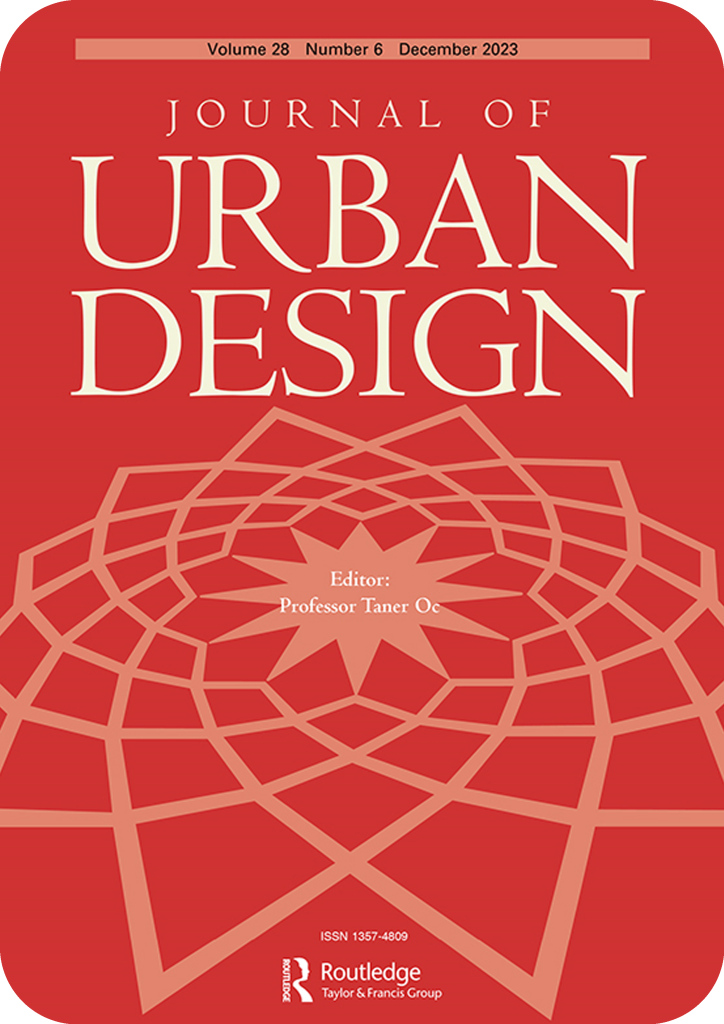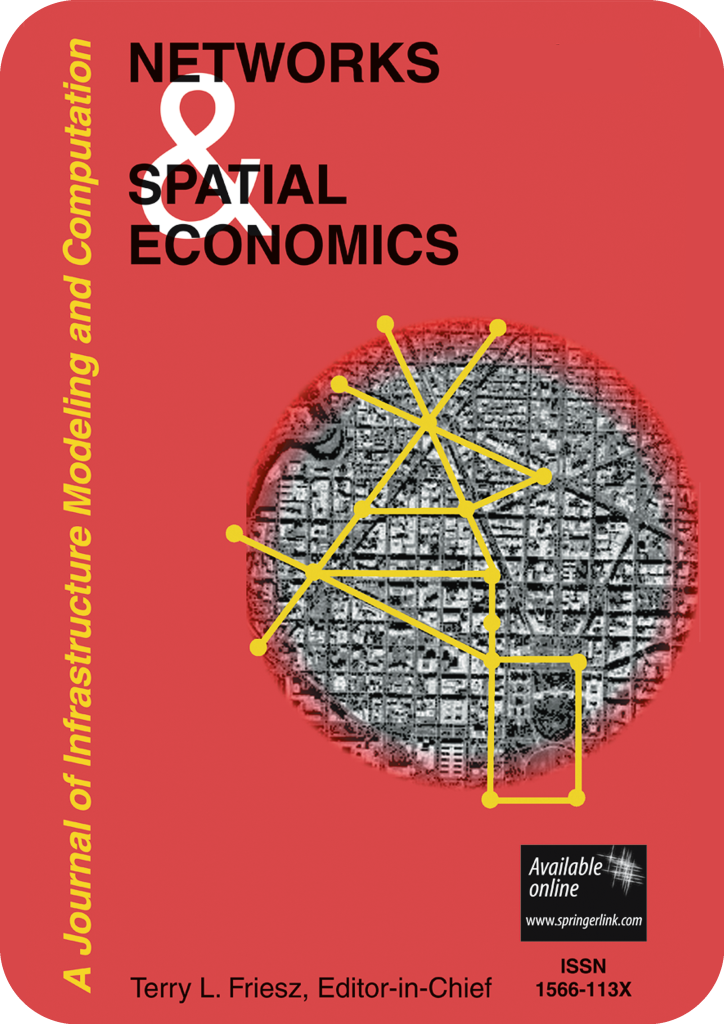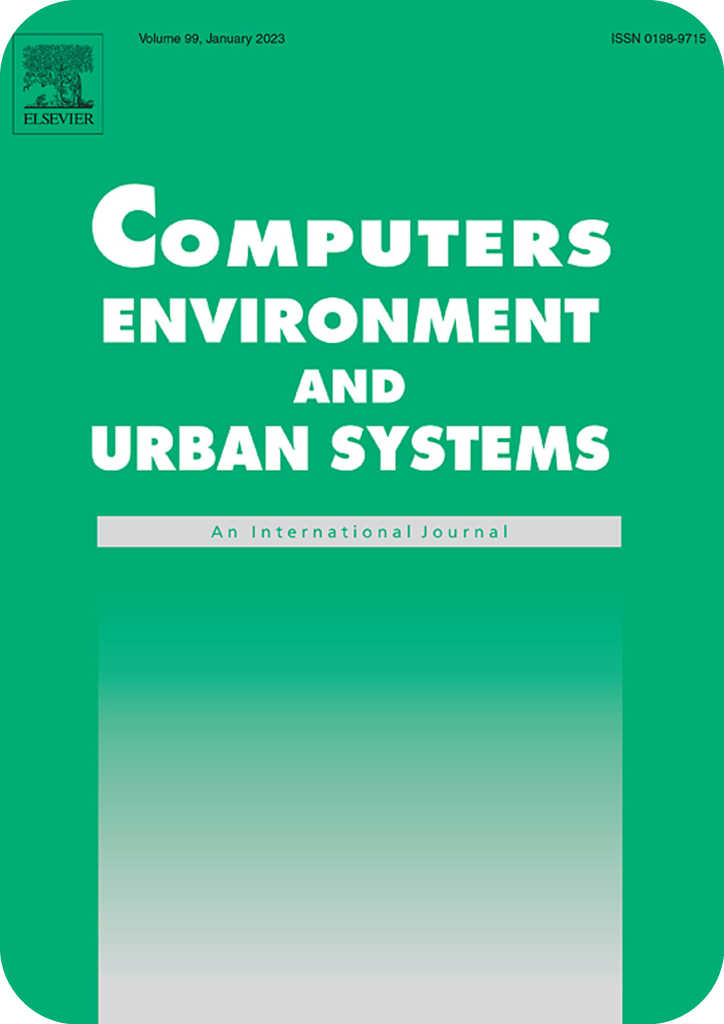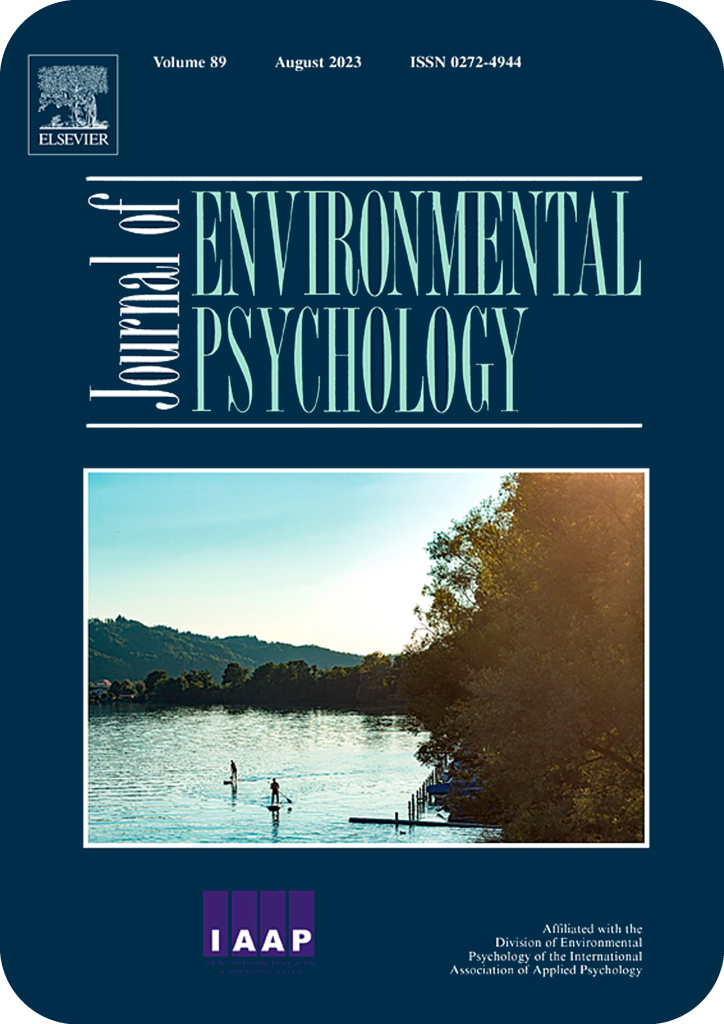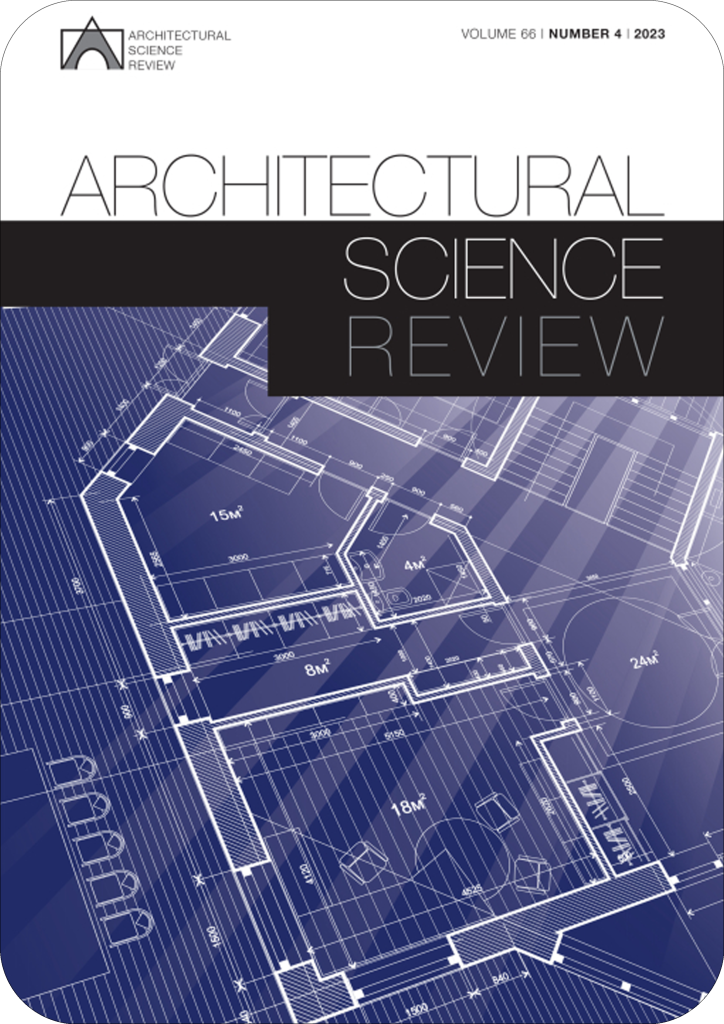
Abstract: The spatial arrangement of socio-economic facilities in the city is shaped by the interaction of many individuals in the context of a particular physical structure. The urban physical environment displays characteristics of networks (graphs) where nodes and edges are embedded in space. For decades, the analysis of urban network structure represents an attractive model for describing urban phenomena. This paper presents novel means of understanding how socio-economic activities are distributed in urban environment, what forces influence their spatial patterns and how urban structure and functions are mutually dependent. We investigate the functional aspect of urban spatial networks; specifically we study the spatial distribution of food and drink public facilities in the historical district of Tel Aviv-Yafo Israel. These places, cafés, coffee shops, restaurants and others are known as ‘third place’ in urban sociology and play an important role in establishing a sense of place. We propose a novel graph analytic framework in which the third places are incorporated by means of visual accessibility. The development of this framework emerged from the concept of Integrative Visibility Graph (IVG), a quantitative method, based on visibility analysis of urban structure and its functioning. Several centrality measures from complex network theory are applied to the proposed graphs in order to evaluate structural position of third place locations in the urban network. Our findings illustrate a strong correlation between street centrality values and third place distribution.
more papers

